| Swakop
Museumsbesuch Kristall Museum de mantoid
Amethyst ist ein
violetter Varietät von
Quarz und gehört zu den beliebtesten und bekanntesten
Edelsteinen der Welt.
Er ist besonders für seine
intensive violette Farbe bekannt, die von zartem Lavendel bis
hin zu tiefem Purpur reicht. Diese Farbe verdankt der Amethyst den
Eisenionen (Fe³⁺) im
Kristallgitter, die in Kombination mit Strahlung oder anderen
natürlichen Prozessen die charakteristische violette Farbe erzeugen.
Eigenschaften und Merkmale von
Amethyst:
-
Farbe:
- Die
Farbe des
Amethyst variiert je nach
Eisenanteil und
den geologischen
Bedingungen. Er kann in verschiedenen Nuancen von
heller Lavendel
bis hin zu dunklem
Purpur erscheinen. Je intensiver die Farbe, desto
wertvoller ist der Amethyst in der Regel.
-
Härte:
- Amethyst hat eine
Härte von 7 auf
der Mohs-Skala
der Mineralhärte, was ihn relativ
kratzfest und
widerstandsfähig macht. Diese Härte macht ihn ideal für
Schmuck wie
Ringe, Anhänger und Armbänder.
-
Kristallform:
- Amethyst kristallisiert in
einer hexagonalen
Struktur und bildet
prismatische
oder spitz zulaufende
Kristalle. Diese Kristalle können in großen
Drusen oder
Cluster
wachsen, die in Geoden (hohlen Steinen) gefunden werden.
-
Vorkommen:
- Amethyst ist weltweit
verbreitet. Die bekanntesten
Vorkommen
befinden sich in Ländern wie
Brasilien,
Uruguay,
Zambia,
Namibia und
Madagaskar.
Auch in den USA, insbesondere in
Arizona,
werden große Amethystvorkommen gefunden.
-
Wirkung und Bedeutung:
-
Spirituelle Bedeutung:
In vielen Kulturen und esoterischen Traditionen wird dem
Amethyst eine
beruhigende und
ausgleichende Wirkung
zugeschrieben. Er soll dabei helfen, den
Geist zu beruhigen,
Stress abzubauen
und klarere Gedanken
zu fördern. Deshalb wird er oft in der
Meditation oder als
Schutzstein
verwendet.
-
Schutz und Heilung:
Amethyst wird auch als
Schutzstein angesehen, der vor negativen Energien und
emotionale Belastungen
schützen soll. In der
Heilsteintherapie wird er oft eingesetzt, um das
Kopfschmerzen,
Schlafprobleme
oder
emotionale Blockaden zu lindern.
-
Verwendung:
-
Schmuck:
Amethyst ist sehr beliebt als Edelstein für
Schmuck.
Aufgrund seiner schönen Farbe wird er in verschiedenen
Designs von
Ringen, Ohrringen, Halsketten und Armbändern verarbeitet.
-
Dekorative Objekte:
Große Amethystdrusen oder -geoden sind auch sehr beliebte
Dekorationsstücke
in Wohnungen und Büros. Diese geformten Kristalle und Cluster
haben eine beruhigende Wirkung und werden oft in Feng Shui
verwendet.
-
Esoterik:
Amethyst wird auch oft in
esoterischen Praktiken
wie Chakra-Heilung
oder Reiki
verwendet, um positive Energien zu fördern und die spirituelle
Verbindung zu stärken.
Besondere Amethyst-Vorkommen:
-
Uruguay: Der
Amethyst aus Uruguay ist besonders berühmt für seine
intensive, tiefe Farbe
und klaren Kristalle.
Die Drusen aus dieser Region gehören zu den wertvollsten.
-
Brasilien: In
Brasilien gibt es riesige
Amethyst-Geoden, die oft in Edelsteinmärkten verkauft
werden und sowohl kleine als auch große Amethyststücke umfassen.
-
Zambia:
Zambischer Amethyst ist bekannt für seine
dunklen, tiefvioletten
Farbtöne und wird häufig in hochwertigem Schmuck verarbeitet.
Fazit:
Amethyst ist nicht nur ein wunderschöner und vielseitiger Edelstein,
sondern auch ein Symbol für
Ruhe, Schutz
und spirituelle Harmonie.
Ob als Schmuckstück, Dekorationsobjekt oder in spirituellen Praktiken –
der Amethyst hat weltweit eine große Anhängerschaft und wird sowohl für
seine ästhetischen Eigenschaften als auch für seine angeblichen
heilenden und energetischen Eigenschaften geschätzt.
|
Swakopmund Namibia Museumsbesuch
Kristall Museum Spessartide
An Amethyst Crystal Druse (or Amethyst
Geode) is a stunning natural formation of amethyst crystals growing on
the interior surface of a cavity in a rock. These formations are highly
prized for their beauty, spiritual significance, and healing properties.
Here’s everything you need to know about amethyst crystal druses:
About Amethyst Crystal Druses
-
What is Amethyst?
-
Amethyst is a variety of quartz (silicon
dioxide) that ranges in color from pale lavender to deep purple.
-
The purple color is caused by traces of iron and natural
irradiation during the crystal’s formation.
-
What is a Druse?
-
A druse (or drusy) refers to a layer of small crystals that form
on the surface of a rock or within a cavity.
-
In the case of amethyst, the crystals grow inward from the walls
of a geode, creating a sparkling, crystalline interior.
-
Formation:
-
Amethyst druses form in geodes or vugs (cavities
in rocks) where mineral-rich water deposits silica over time.
-
The crystals grow in a hexagonal structure, creating the
characteristic pointed shapes.
Characteristics of Amethyst Druses
-
Color:
-
Size:
-
Crystal Structure:
-
Transparency:
Uses of Amethyst Druses
-
Decorative:
-
Metaphysical:
-
Amethyst is believed to have calming and protective properties.
It is often used in meditation, Reiki, and crystal healing
practices.
-
Placing an amethyst druse in a room is said to promote peace,
clarity, and positive energy.
-
Collecting:
Where to Find Amethyst Druses
-
Brazil:
-
Uruguay:
-
Zambia:
-
Namibia:
Caring for Amethyst Druses
-
Cleaning:
-
Clean amethyst druses with warm, soapy water and a soft brush.
Avoid harsh chemicals or ultrasonic cleaners.
-
Dry thoroughly to prevent water spots.
-
Storage:
-
Store amethyst druses in a safe, dry place to avoid scratches or
damage.
-
Avoid prolonged exposure to direct sunlight, as it can cause the
color to fade over time.
-
Handling:
Interesting Facts About Amethyst Druses
-
The largest amethyst geode in the world, known as the "Empress
of Uruguay," weighs 2.5 tons and
stands 3.27 meters (10.7 feet) tall.
-
Amethyst was highly valued in ancient times and was often used in
jewelry and amulets.
-
In Greek mythology, amethyst was believed to protect its wearer from
intoxication, and it was often used in drinking vessels.
|
 Safaris
Bergsteigen
Wandern
Inselwandern Weltweit
Safaris
Bergsteigen
Wandern
Inselwandern Weltweit
 Europa
Inselwandern
Europa
Inselwandern
 Städtewandern
Städtewandern
 Paintings
Paintings Dirk Rauschenbach
Dirk Rauschenbach
 Safaris
Bergsteigen
Wandern
Inselwandern Weltweit
Safaris
Bergsteigen
Wandern
Inselwandern Weltweit
 Europa
Inselwandern
Europa
Inselwandern
 Städtewandern
Städtewandern
 Paintings
Paintings Dirk Rauschenbach
Dirk Rauschenbach

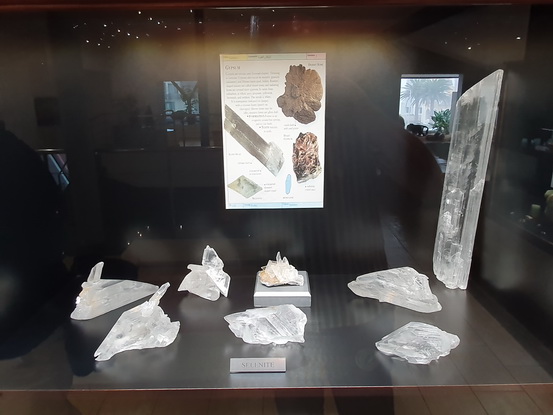
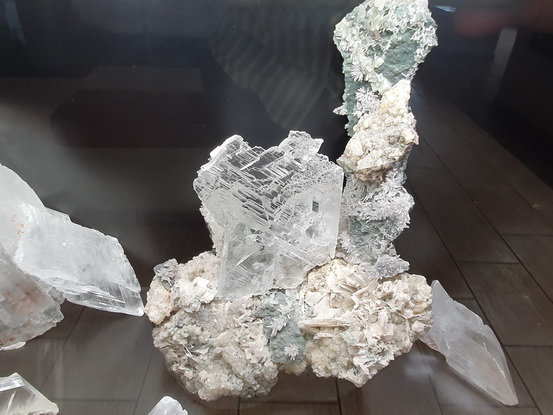
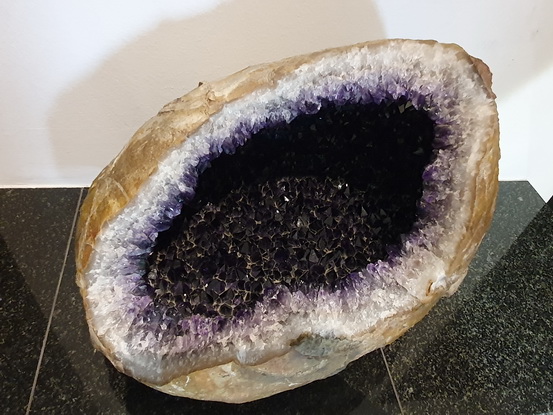
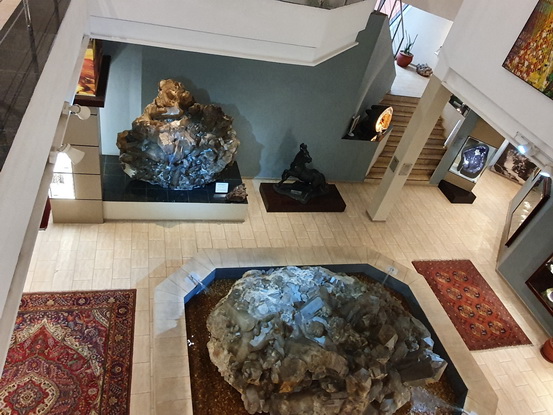
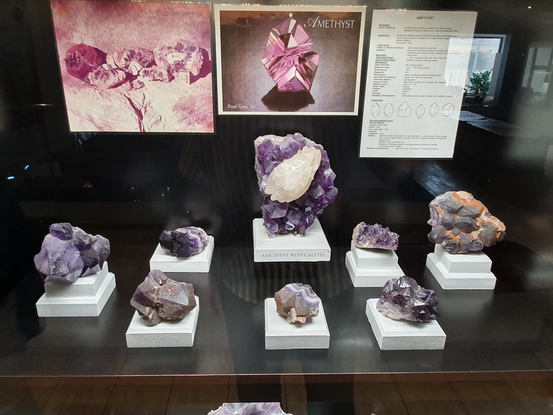


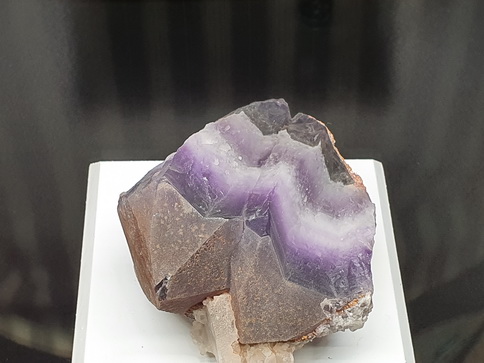
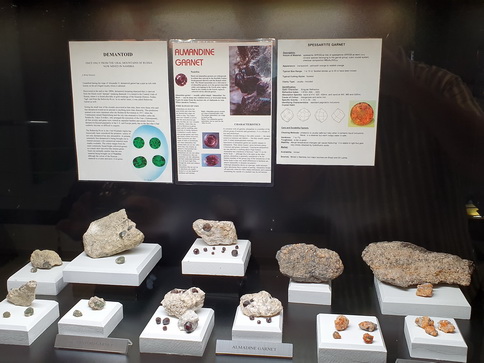
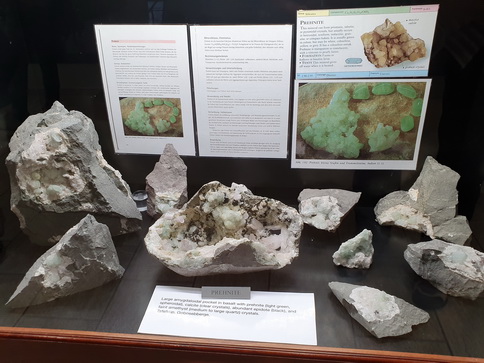
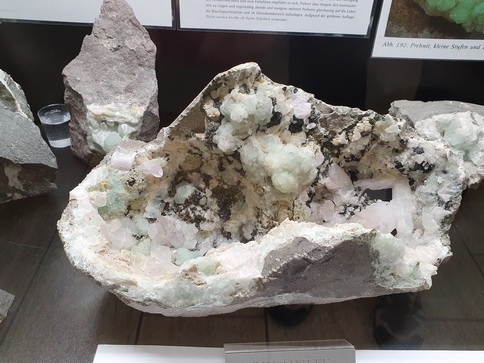
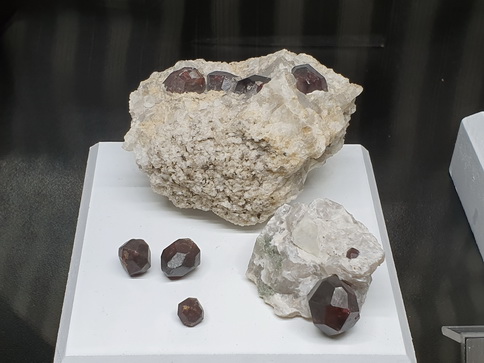
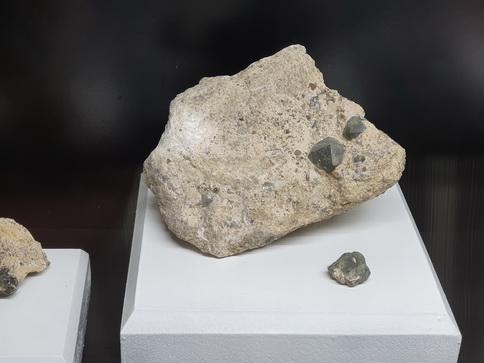
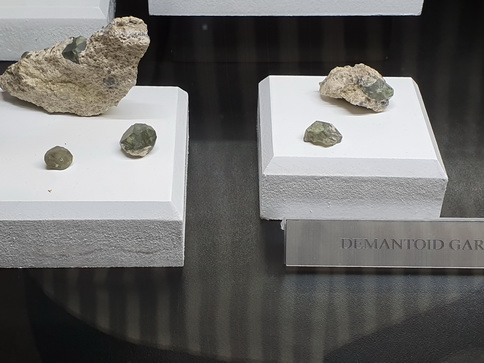
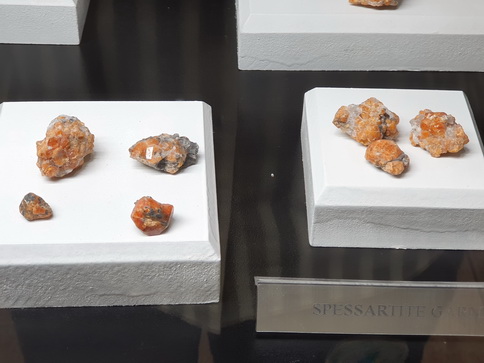
![]() 26.07.25 Copyright Dirk
Rauschenbach Koelnerstrasse 293 51702 Bergneustadt
Datenschutzerklaerung 02261 9788972 Mail ccooly(
at) web.de
26.07.25 Copyright Dirk
Rauschenbach Koelnerstrasse 293 51702 Bergneustadt
Datenschutzerklaerung 02261 9788972 Mail ccooly(
at) web.de